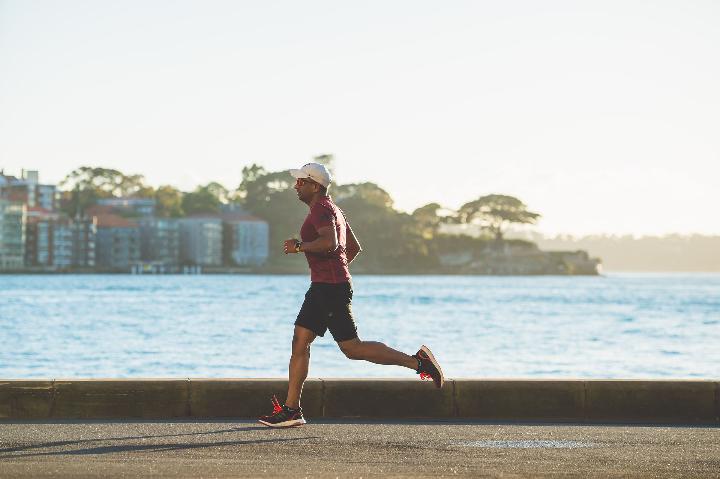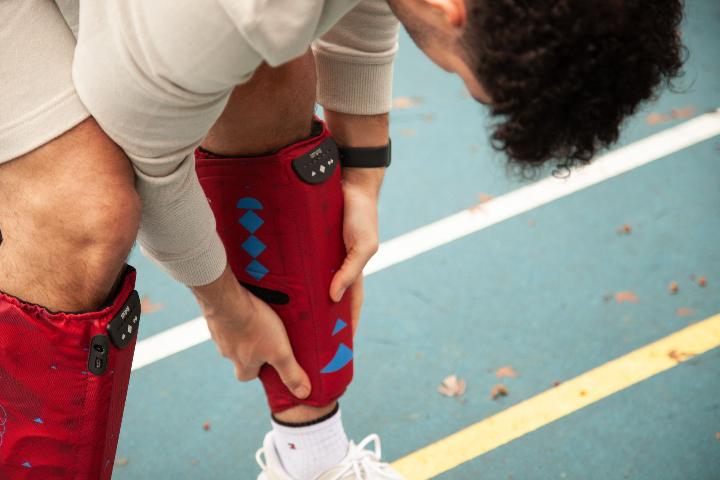Everyone would agree that exercising is vital to a healthy lifestyle. Whether you are an athlete, trainer, bodybuilder, or average gym enthusiast doesn't matter. No matter how you exercise, across the board, the muscle recovery aspect is vital. We’ll cover some of the benefits of the recovery process.
What Is Recovery
Let's get started by defining what we mean by recovery. Recovery, as the name suggests, is a process in which our body aligns itself in response to exercise demands. Part of this process is restoring what is called homeostasis. Homeostasis is when your body reaches equilibrium or the levels inside are stable. Without proper recovery, we risk causing damage to our muscles, and our chance of injury increases the more we push our bodies. We must be mindful of what our bodies need and the toll we put them through during exercise. The right recovery type is also vital in maintaining physical fitness and health.
Types of Recovery
Alright, so we’ve addressed the importance of muscle recovery and what it means; now we’ll move on to the two main types of recovery: active and passive.

Active recovery occurs when we exercise at a lower intensity to allow ourselves to “cool down.” This could be jogging on a treadmill, swimming a couple of laps in a pool, or lowering the weight of a workout. This type of recovery has been found to reach homeostasis at a faster rate than passive recovery.
Passive recovery is what some people refer to as their “rest day.” Refraining from physical activity to recover fully would be a day of the week.
There are many ways to assist recovery with the two main types of recovery. These include massages, compression, cryotherapy, hydrotherapy, and sleep.
Massage
A 20-30 minute massage following exercise can speed up recovery. Massages are a traditional recovery form that can assist with soreness and relaxation. It is important to know that massages have a possibility of causing damage to the muscles, so there should be some caution applied to this practice.
Compression
The belief behind compression recovery is that specific types of clothing that provide compression may help the recovery process. The purported benefits include reduced soreness following workouts and faster recovery.

The main types of compression include elastic and pneumatic compression. Elastic compression is achieved through clothing that contains a type of elastic material that provides constant pressure. Pneumatic compression provides a type of pulsing pressure caused by a worn device. Pneumatic compression has been found to achieve high levels of recovery.
Cryotherapy
This type of recovery is very popular. Cryotherapy is the process of cooling the muscles to assist recovery. However, there has not been sufficient research to back up these claims, and some researchers believe that alternating this method with heat therapy is a better alternative. With further research and exploration of this method, we’ll be able to see any benefits or potential drawbacks further.
Hydrotherapy
This type of recovery has been found to have extensive benefits, including regulating the body's temperature, reducing soreness in muscles, and stabilizing heart rate. Hydrotherapy is submerging the body in water in one of three variants. The first type of hydrotherapy is cold-water immersion (CWI); as the name suggests, it uses primarily cold water. The second type is hot water immersion, which, as you guessed, uses strictly hot water. However, the third and most effective method is contrast water therapy, a combination of hot and cold water.
Sleep
We all know sleep is good for you, yet many of us aren’t getting enough. We get too busy with our schedules, so we cut our sleep by a few hours. However innocent that may seem in its intentions, we’re just hurting our recovery process. We collect sleep debt when we consistently skip out or lose out on our much-needed resting time. When that consistently happens, our recovery will be slowed, and we risk damaging our bodies.

Recovery methods are important, and finding a mix of what works best for us is good. That being said, knowing what to look for regarding overtraining is also helpful.
Overtraining
Overtraining occurs when we have not given our body enough time to adjust and reach homeostasis. The risks associated with this include injury or illness. You must watch for the warning signs of overtraining listed below.
Decreased performance over a 7–10 day period
Increased resting heart rate and/or blood pressure
Reduced appetite or loss of appetite and possibly some nausea
Disturbed sleep patterns and inability to attain restful sleep
Constant muscle soreness and general irritability
Reduced motivation/adherence
If you find yourself experiencing some of these signs, a good tip would be to temporarily adjust your workout regime to lower intensity, change your workout type, or pause your workout until recovery. While monitoring your health and the warning signs is important, there are ways to prevent it from going that far. All you need to do would be to monitor some basic vitals and keep track of your ability.
Monitoring Health
One of the first things to monitor is your breathing. Oxygen levels are a key part of your overall health. It is important to be aware of your breathing and to practice breathing deeper and slower. Average breathing during exercises can accelerate, breathing more short, quick breaths which are more harmful than helpful due to the increased amount of carbon dioxide in your body. One way to monitor your breathing is to do a test with a stopwatch. The steps to that exercise are listed below.

Perform this test in the morning, shortly after waking up
At the end of breathing out normally, start the stopwatch
Stop the stopwatch once the need for normal breathing arises (This should be a normal breath and not a gasping breath)
The goal time frame for this exercise is about 40 seconds between breaths; however, most people tend to breathe too frequently, causing the necessity of about every 15-20 seconds.
Another metric to keep in mind is heart rate. Keeping track of and monitoring your heart rate is a great way to assess your performance and prevent exhaustion. While heart rate targets vary depending on age and gender, the average resting heart rate is between 60-100. Athletes and those that are more active can get their heart rate in the range of 40-50 for their resting heart rate!
Having mentioned heart rate, breathing, and key indicators of over-exercising, you must also focus on what you’re putting in your body to replenish and recover.
Diet
One last key factor in a healthy, timely workout recovery is what we eat. The energy we expend and the energy required for a worthwhile and satisfying workout must be obtained from the right sources. The ideal option would be high in nutrients and benefits, such as a superfood. These options give your body the necessary nutrients, vitamins, and energy.
Chlorella Is an Important Superfood
One popular option is chlorella, a superfood that provides more chlorophyll than the leading alternatives and contains a highly absorbable form of B12 called Active B12. The benefits of this superfood are achieved by extracts, powders, and even noodles.
Ready to Find Your Chlorella?
Find your best chlorella that fits your lifestyle. Sun Chlorella offers easy-to-take small tablets, larger tablets, and powder form.
